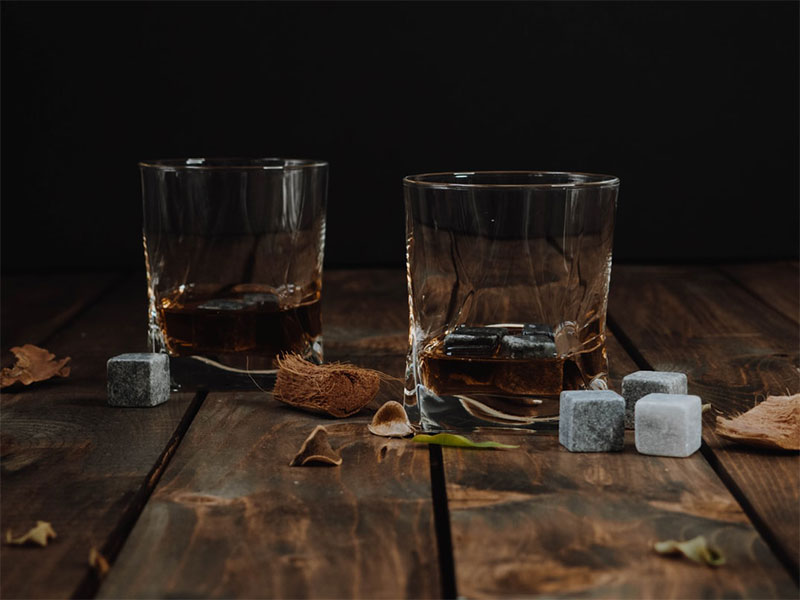What exactly is it?
It’s a brandy kind named after the French municipality of Cognac. It’s made in the Charente and Maritime departments, in the adjacent wine-growing area.
The production comes under the French appellation origin contrôlée (AOC) label, with particular legal limitations for production processes and terminology. Ugni blanc, often known as Saint-Émilion in the region, is the most extensively used of the mentioned grapes.
The brandy must be distilled twice in copper pot stills and matured for at least two years in Limousin or Tronçais French oak barrels. It develops in the same manner as whiskies and wines do in barrels, and most cognacs spend much more time “on the wood” than the legal minimum.
Advantages: Drinking it in moderation has several possible benefits, including flu prevention and lowering the risk of heart disease.
- Antioxidant properties
- Lower blood pressure and improved heart health
- Certain skin disorders may be resolved, and wrinkles can be avoided.
- Soothe a sore throat.
- Reduce your chances of gallstones
- Protect yourself against the flu and other upper respiratory diseases.
These aren’t health advantages that have been shown in studies. Slowly sipping Cognac is more of an experience than a health tonic. Alcoholism and binge drinking are harmful to one’s general health and may negate any moderate drinking benefits.
Whiskey vs. Armagnac vs. Cognac
- Armagnac is distilled once in a column still, similar to bourbon, whereas it is distilled twice in copper stills.
- The majority of the grapes used in Cognac and Armagnac are the same, with Armagnac using one or two extra kids.
- Whiskey is made from grain or malted barley, while the other two are grapes.
Are Cognac and Brandy the Same Thing?
Yes, to answer the question briefly. Yes, in a long way. In a way, yes. Brandy is brandy, but not all brandy is Cognac. In the same way that all Champagne is sparkling wine, not all is Champagne. Not all sparkling wine is Champagne. Is there a pattern with our French friends?!
Victor Hugo referred to as the ‘liquor of the gods’, the romantically inclined gentleman who produced melodramatic stories like Les Misérables. I’m tempted to trust him since he has such a diverse body of work. So, for this divine liquor to be called Cognac, it must originate in the Cognac area of southwest France.
The location is said to have a better terroir, which implies it produces excellent brandy. The most significant distinction between brandy and Cognac is that brandy may be delivered anywhere on the planet. So, where does it originate? Cognac can only be manufactured in the area where it is produced. Some minor but significant distinctions set it apart from its brandy peers.
Grapes from the Cognac region
As a result, brandy is a distilled alcohol prepared from the fermented juice of grapes as a whole. There are no grapes at all. You name it: red, white, syrah, viognier. Brandy may technically be created from any fruit, but if it isn’t made from grapes, the origin fruit must be specified on the label. Apple brandy, for example. However, we’ll stick to pure grape-based brandy for our purposes since that’s what it’s always been.
While it is manufactured from grapes in the same way as Brandy is, it can only be made from white grapes. Furthermore, these white grapes may only be Colombard, Folle Blanche, Monfils, Sémillon, Ugni Blanc, or Folignan, the six varietals produced in the area.
